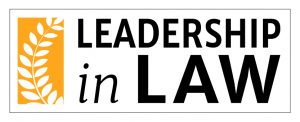After establishing a taxpayer has a balance due, the IRS begins to take steps in order to collect on the liability.
One method of collection is a levy.
An IRS levy permits the legal taking of the taxpayer’s property to satisfy a tax debt. For example, the IRS may issue a levy to a taxpayer’s bank that requires the bank to send funds from the taxpayer’s bank account to the IRS. The IRS may issue levies to other third-parties holding the taxpayer’s property or owing the taxpayer money, such as the taxpayer’s employer or customers. The IRS can also seize and sell the taxpayer’s vehicle(s), real estate, and other personal property.
After obtaining funds via levy, the IRS applies the monies in the best interests of the federal government, generally to pay off the oldest tax, penalties, and interest. Voluntary payments to the IRS, on the other hand, may be designated by the taxpayer’s direction and applied strategically in the taxpayer’s best interest.
Certain properties and income sources are exempt from levy. For example, in the case of wage garnishment, a small part of the taxpayer’s wages may be exempt from the levy. The exempt amount is based on the standard deduction and the number of personal exemptions the taxpayer is allowed. Sometimes, however, the IRS will issue levies on exempt property, and the taxpayer must then establish that such properties are exempt.
Levies can be debilitating for some taxpayers. In most situations, the IRS must take several steps to inform the taxpayer of its intent to levy before issuance. A taxpayer may exercise statutory rights to challenge the appropriateness of a levy.
Levies may be released for hardship. However, the taxpayer still owes the tax debt. Taxpayers may be able to resolve their tax debt through an installment agreement, offer in compromise, or other available options.
We assist taxpayers who are either about to face levies or are already facing levies. Contact us to discuss your options.



